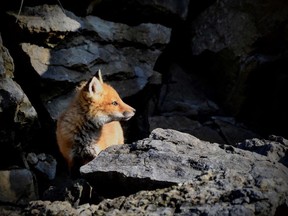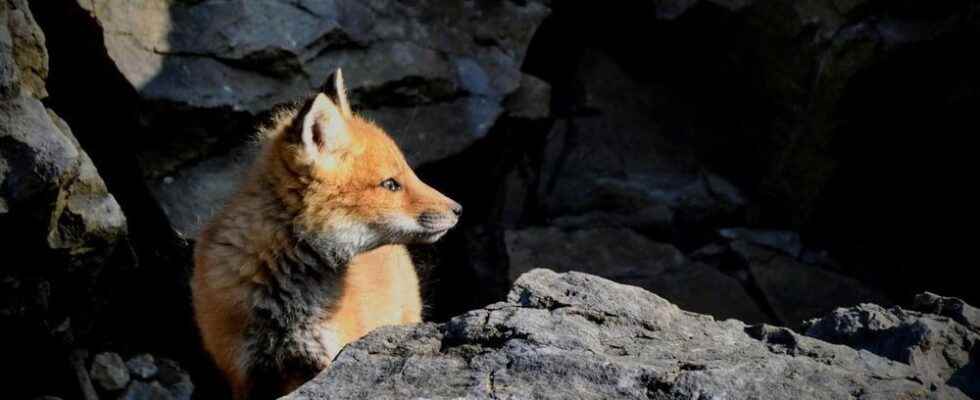Two unwell fox kits discovered in St. Marys this month are the first mammals in Canada to be diagnosed with H5N1, the highly pathogenic avian influenza virus currently threatening the country’s poultry farms.

Two unwell fox kits discovered in St. Marys this month are the first mammals in Canada to be diagnosed with H5N1, the highly pathogenic avian influenza virus currently threatening the country’s poultry farms.
According to a report from the Canadian Wildlife Health Cooperative, the pair of young foxes were found together. One was already dead. The other was suffering from seizures and died shortly after being admitted to a wildlife rehabilitation centre.
Following various tests, including a post-mortem examination, the co-operative and its partners at the Canadian Food Inspection Agency and the Animal Health Laboratory determined on May 2 that H5N1 was the likely cause of death. The discovery is a significant development in a global bird flu outbreak officials have been tracking since last year, but wildlife pathologist Brian Stevens said Friday concern for human health remains low.
“We assume that these foxes became infected by consuming either organs or meat from infected (bird) carcasses,” Stevens said. “That is not something that people are necessarily going to come into contact with.”
Canadian officials have been keeping track of the virus’s spread since it was detected in Europe early last year. Those effects picked up in December when the virus was found in Newfoundland seagulls before spreading to birds in Labrador, Nova Scotia, Ontario, Alberta, and British Columbia.
The outbreak’s largest impact has so far been felt in the Canadian poultry industry.
As of Thursday, more than 1.8-million birds on 76 farms had been impacted by the virus, government data showed. That includes approximately 470,000 birds on 25 farms in Ontario, including one in nearby Oxford County.
The Canadian Food Inspection Agency believes migratory birds are responsible for the outbreaks and expects there will be more cases as flocks continue to fly north for the summer.
“I think this is, in more recent memory, one of the larger number of cases in multiple provinces of avian influenza and the first time that we’ve had H5N1,” Dr. Mary Jane Ireland, chief veterinary officer, said last month.
The Canadian Food Inspection Agency has set up control zones in areas with active outbreaks in Ontario and Alberta to quarantine infected animals and limit the movement of goods and livestock in and out of the affected areas. There is no evidence to suggest that eating cooked poultry or eggs could transmit the virus to humans, according to the agency.
No human cases have been detected in Canada and avian influenza is not a significant public-health concern for healthy people who are not in regular contact with infected birds.
Agriculture and Agri-Food Canada says there are lots of factors driving up the cost of food so it’s difficult to find a direct link between high costs for eggs and poultry and the virus, but the agency is watching closely.
“Poultry and egg production in Canada are supply managed and there are mechanisms in place that modeling boards can deploy to give them the flexibility to adjust to the kind of disruption that we are talking right now,” said Donald Boucher, director general of sector development with Agri-Food Canada.
The Canadian Wildlife Health Cooperative relies on government agencies, animal control offices, wildlife rehabilitation centers and the general public to help its monitoring efforts in Ontario, Stevens said. Contact information is available on the organization’s website.
The co-operative has tracked the virus from southern and eastern Ontario to as far north as Sudbury. If the virus follows a similar pattern as it did in Europe, Stevens said outbreaks could dip this summer before picking back up again in the fall.
“The warm weather is not great for influenza viruses spreading,” he said. “We’re going to monitor this virus over the summer and wait for the fall migration … to see if it’s going to jump up again.
“There’s not much else we can really do about it other than monitor what’s happening with the virus and do our best to protect agricultural species.”
-With files from the Canadian Press
